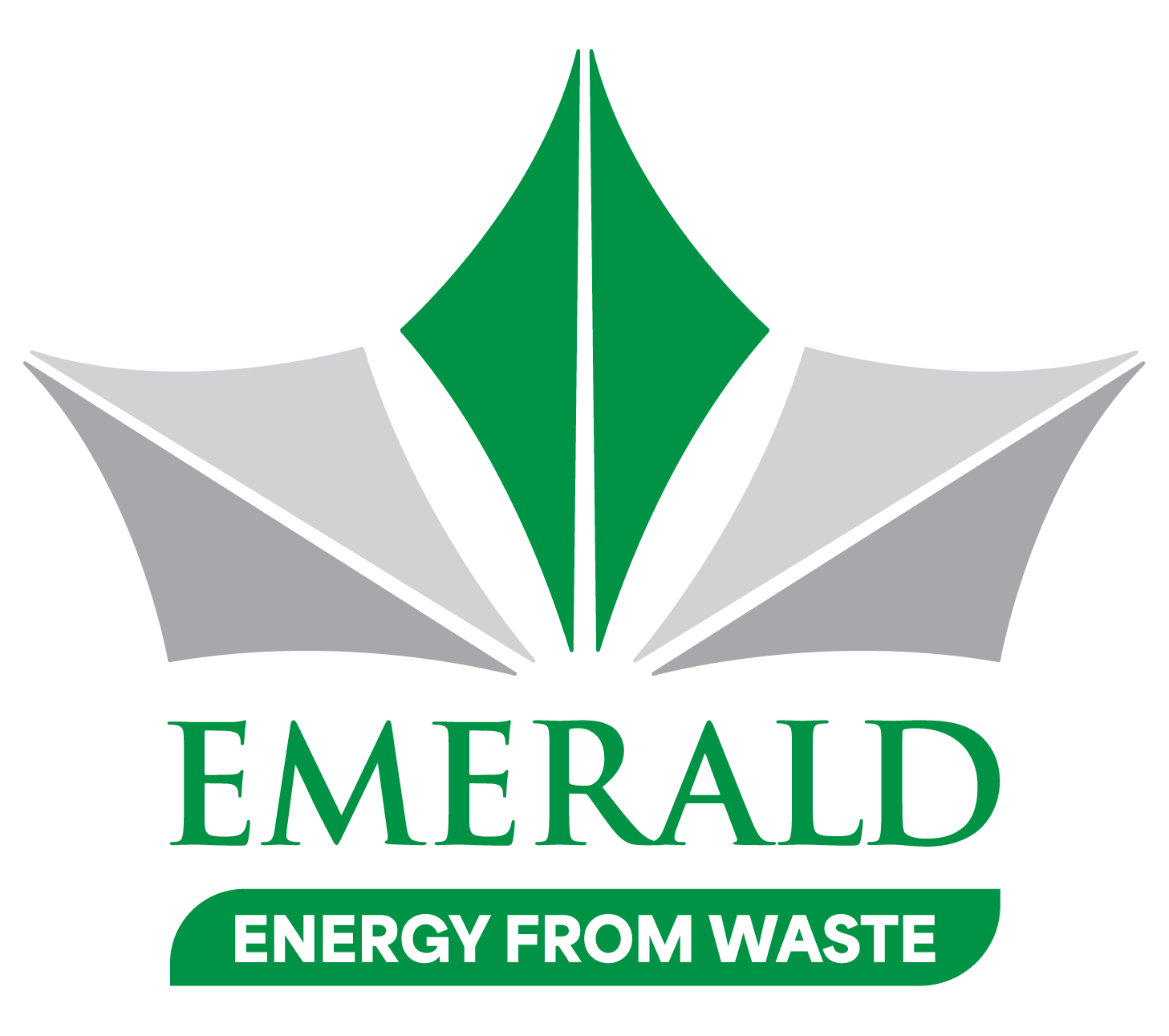Ontario is facing a waste crisis. Experts predict approved landfill space will reach its limit within nine to thirteen years, so we must take urgent action to transform how we manage waste. In 2016, Ontario introduced the Resource Recovery and Circular Economy Act (RRCEA), which outlines the province’s shift from a linear to a circular economy. This means using materials and resources as long as possible, rather than disposing of them. Emerald Energy from Waste plays a pivotal role in helping Ontario transition toward a circular economy by converting non-recyclable, non‑hazardous waste into valuable energy.
Since operations began in 1992, Emerald has processed over three million tonnes of non-hazardous waste. The facility uses a two-stage thermal treatment process that includes gasification and high-temperature thermal recycling to recover energy from waste. During combustion, we capture the generated heat and use it to produce steam. This steam powers an on-site turbine that generates electricity for facility use and the Ontario grid. Emerald also delivers steam through a closed-loop pipeline to a local recycled paper mill, displacing its need for fossil-fuel-based boilers. This energy recovery process is a prime example of resource recovery in action.
What is the Resource Recovery and Circular Economy Act (RRCEA)?
The Resource Recovery and Circular Economy Act provides the legal and policy foundation for these types of integrated solutions. The Act views waste not as a problem, but as a potential resource instead. It promotes full producer responsibility, material recovery, and energy optimization. Emerald Energy from Waste is a downstream solution for non-recyclable residuals, ensuring that even at the end of a product’s life, there’s value recovered.
How does Emerald Play its Part in Supporting the RRCEA?
Emerald’s operations reflect the priorities outlined in the RRCEA, as the facility does not compete with recycling programs; instead, it supports them by managing residual waste. Approximately 40% of the waste Emerald receives comes from organic sources; therefore, it is considered renewable under greenhouse gas accounting frameworks. The energy recovered from this material decreases the use of fossil fuel energy and contributes to Ontario’s climate and clean energy goals.
Looking ahead, Emerald’s redevelopment project aims to upgrade the facility to process up to 2,500 tonnes of waste per day and generate as much as 100 MW of electricity. The plans also include advanced energy recovery technologies that will enable district heating and on-site production of green hydrogen. Emerald’s Green Hydrogen, produced using electricity and steam recovered from waste, offers a low-carbon fuel for transportation and industry. This closed-loop model, where residual waste fuels clean energy, further aligns with the province’s circular economy targets.
The facility operates under strict environmental approvals, conducts continuous emissions monitoring, and maintains an open dialogue with the public through a dedicated Public Liaison Committee. As part of its redevelopment, Emerald conducted an Environmental Assessment and hosted public information sessions to ensure community voices are heard and considered. It will continue to prioritize the community’s well-being in every decision made regarding the facility redevelopment project. This collaboration and commitment to transparency and accountability aligns with the key principles of the Resource Recovery and Circular Economy Act.
Reframing Waste: From Burden to Resource
By recovering energy from residual waste, Emerald reduces Ontario’s dependence on landfills, which in turn lowers greenhouse gas emissions and helps redefine waste as a solution rather than a problem. It’s not just about managing what we throw away; it’s about rethinking waste as a resource and aligning with a system that values sustainability, local resilience, and long-term environmental health.
Energy from Waste is not a replacement for recycling or reduction, but it plays a critical role in a circular economy. In supporting Ontario’s Resource Recovery and Circular Economy Act with practical, science-backed solutions, Emerald Energy from Waste demonstrates how the province can build a cleaner, more resource-efficient future. Learn more about Emerald’s services through our close partner U-Pak Disposals, who provide and organizes all services for energy from waste.


